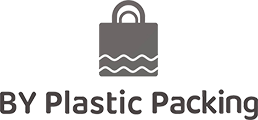Differences in various flexible plastic packaging materials
With the rapid development of the plastic packaging bag industry and the innovation of production technology and equipment. The variety of raw materials for plastic packaging bag production is also constantly increasing, such as PE, PP, PO, OPP, etc. So what are the differences in plastic packaging bags produced from different materials? Which industries are suitable for each? What are the advantages of each material?
1. PE
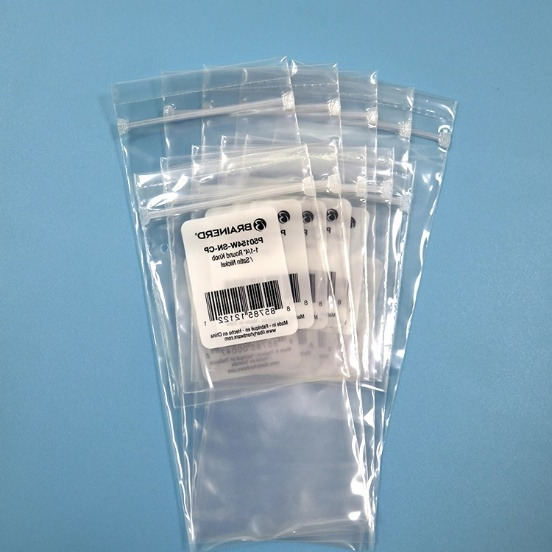
PE is a polymer organic compound formed by the addition of ethylene. The chemical name of PE is linear polyethylene, which is divided into two types: high-density linear polyethylene, commonly known as PO (HDPE), and low-density linear polyethylene, commonly known as PE (LDPE). In fact, low-density linear polyethylene can also be divided into two types: LDPE and LLDPE.
Usually, packaging bag manufacturers refer to LDPE and LLDPE as main and auxiliary materials, but when manufacturing packaging bags, the two materials need to be used together. If only the main ingredients are added, the adhesive strength of the plastic bag is strong; If only auxiliary materials are added, the plastic bag will not have any tension.
Polyethylene is recognized worldwide as the best material for contact with food. Non toxic, odorless, and odorless, meeting food packaging hygiene standards. Polyethylene film, lightweight and transparent, has properties such as moisture resistance, oxygen resistance, acid resistance, alkali resistance, average airtightness, and excellent heat sealing. It is one of the most widely used and widely used plastic packaging bags. The raw materials for bubble bags and bone bags are both PE materials, which are the components of LDPE and LLDPE. Packaging bags used in general factories are also made of PE plastic bags, which are used in products such as electronics, appliances, hardware, plastics, clothing, shoes, etc.
The body of the PE plastic bag is relatively soft, but the transparency is not as high as other materials, it is more hazy, has good tensile strength, and is not easy to burst.
2. PP
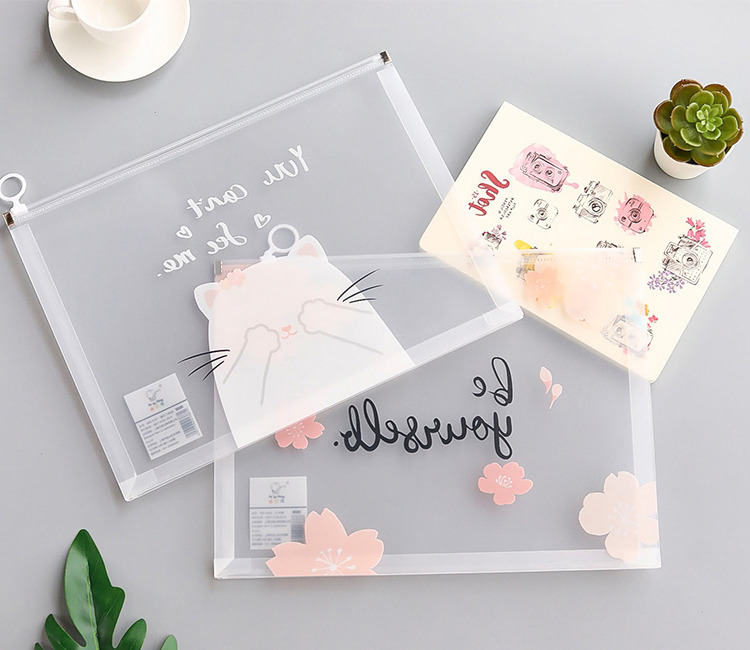
PP, commonly known as hundred fold adhesive. Polypropylene is a polymer α- The representative of olefins is a thermoplastic resin made from propylene polymerization, with propylene as the monomer. According to the different initiators and polymerization processes, polypropylene can be divided into three configurations: isotactic polypropylene, random polypropylene, and syndiotactic polypropylene. Isotactic polypropylene is prone to form a crystalline state, with a crystallinity of over 95% and a molecular weight between 80000 and 150000, endowing it with good heat resistance and solvent resistance; Random polypropylene is an amorphous, slightly viscous white wax like substance at room temperature, with a low molecular weight ranging from 3000 to 10000. Its structure is irregular and lacks cohesion, making it less commonly used. PP plastic bags have a harder body, but higher transparency, less tensile strength, and are prone to bursting.
3. PO

PO, blow molded from high-density polyethylene (HDPE), non-toxic, feels like wax to the touch, has excellent low-temperature resistance (minimum operating temperature can reach -70~-100 ℃), good chemical stability, can withstand most acids and bases (not resistant to acids with oxidizing properties), is insoluble in general solvents at room temperature, has low water absorption, and excellent electrical insulation performance. But polyethylene is very sensitive to environmental stress (chemical and mechanical effects) and has poor heat aging resistance. The properties of high-density polyethylene vary depending on the variety, mainly depending on the molecular structure and density. Different production methods can yield products with different densities (0.91~0.96g/cm3). Polyethylene can be processed using general thermoplastic molding methods (see plastic processing). The body of the PO plastic bag is brittle, the transparency is not high enough, and it is even more hazy than the PE plastic bag. It is a bit translucent white, and the tension is not very good.
4. OPP
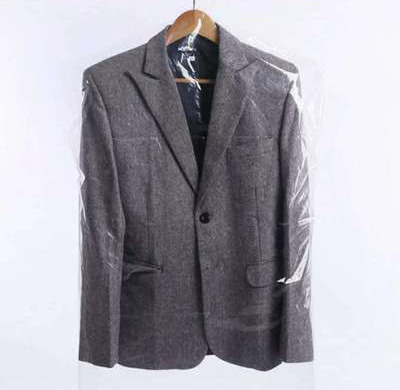
OPP has the best, highest, and most transparent transparency, playing a role in dust prevention and increasing the value of packaged products. In sales, the products inside can be fully displayed, so OPP plastic bag products are usually used as outer packaging for product sales, which not only provides protection but also beautifies the product. Widely used in jewelry, jade, stationery, toys, tableware, kitchen utensils, clothing and other fields. The OPP plastic bag has the most brittle body, the highest transparency, and insufficient tensile strength, making it prone to bursting.
5. CPE
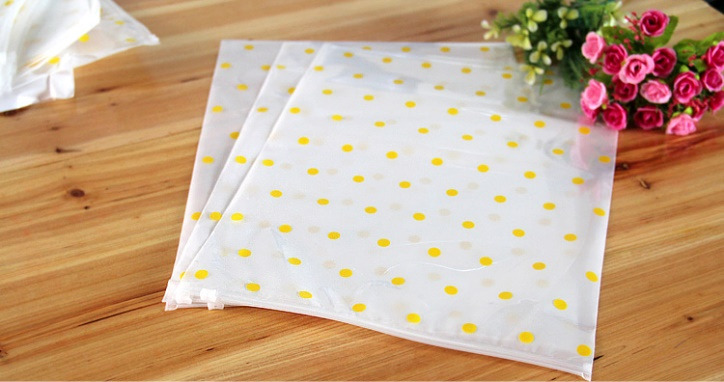
CPE is the most commonly used packaging plastic bag for clothing and electronic products. This type of plastic bag is generally divided into frosted and smooth sides, with a comfortable and soft feel. High end packaging is a type of packaging bag that can make products more upscale and luxurious.
6. PP: Polypropylene has high transparency, good high-temperature resistance, high hardness, high mechanical strength, and good tear resistance. Commonly used for self standing bags, film packaging, and container packaging.
7. PVC:
polyvinyl chloride, with high transparency, good flexibility and plasticity, high mechanical strength, strong impact resistance, and good corrosion resistance. Commonly used in pipelines, wires and cables, and packaging bags.
8. PVDC:
Chlorinated polyethylene, with high transparency, strong oxygen resistance, good corrosion resistance, high mechanical strength, and good stability. Commonly used for food packaging such as meat products, dairy products, sauces, etc.
9. PET:
Polyester, with high transparency, high temperature resistance, UV resistance, high hardness, strong tensile strength, and good chemical stability. Commonly used for various food packaging and beverage bottles.
10. PVA:
Polyvinyl alcohol, characterized by high transparency, good flexibility, low static electricity generation, and good moisture-proof and fresh-keeping effects. Therefore, PVA plastic bags are often used for packaging products such as food, medicine, cosmetics, etc., which can ensure the safety and hygiene of products during storage and transportation.
Previous: Requirements for medical sterilized paper plastic packaging bags
Next: No More




